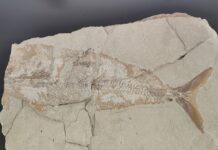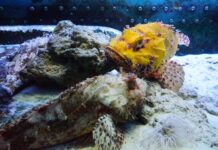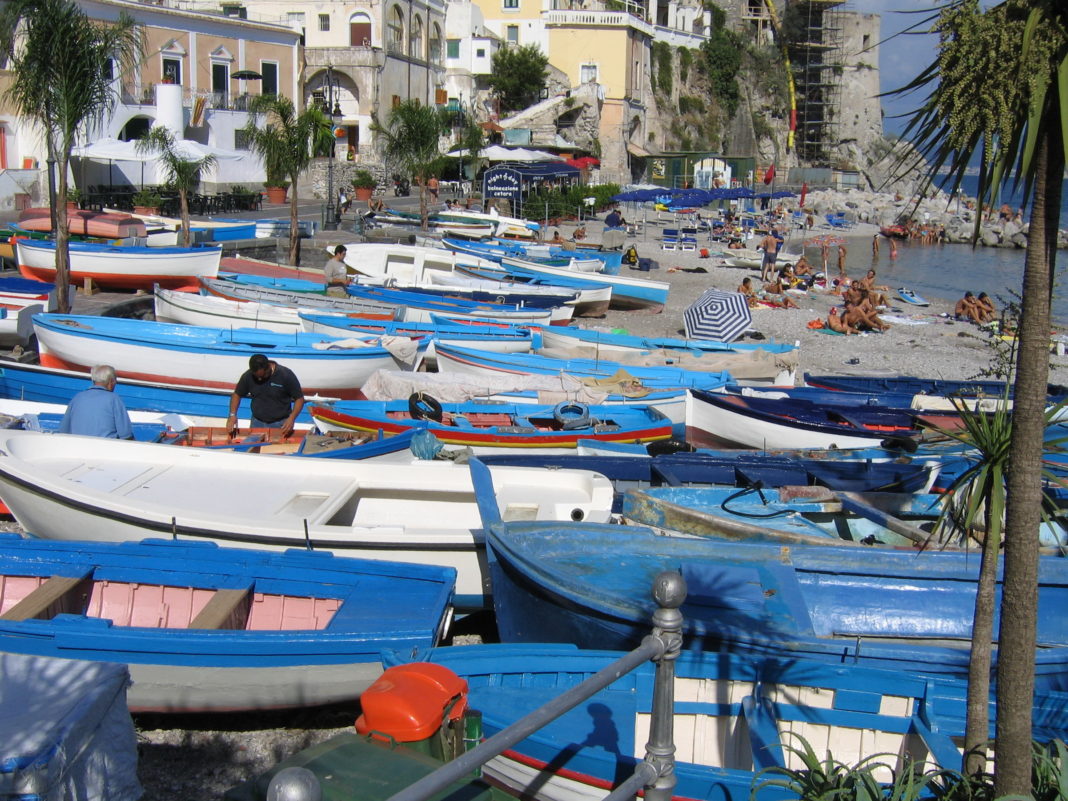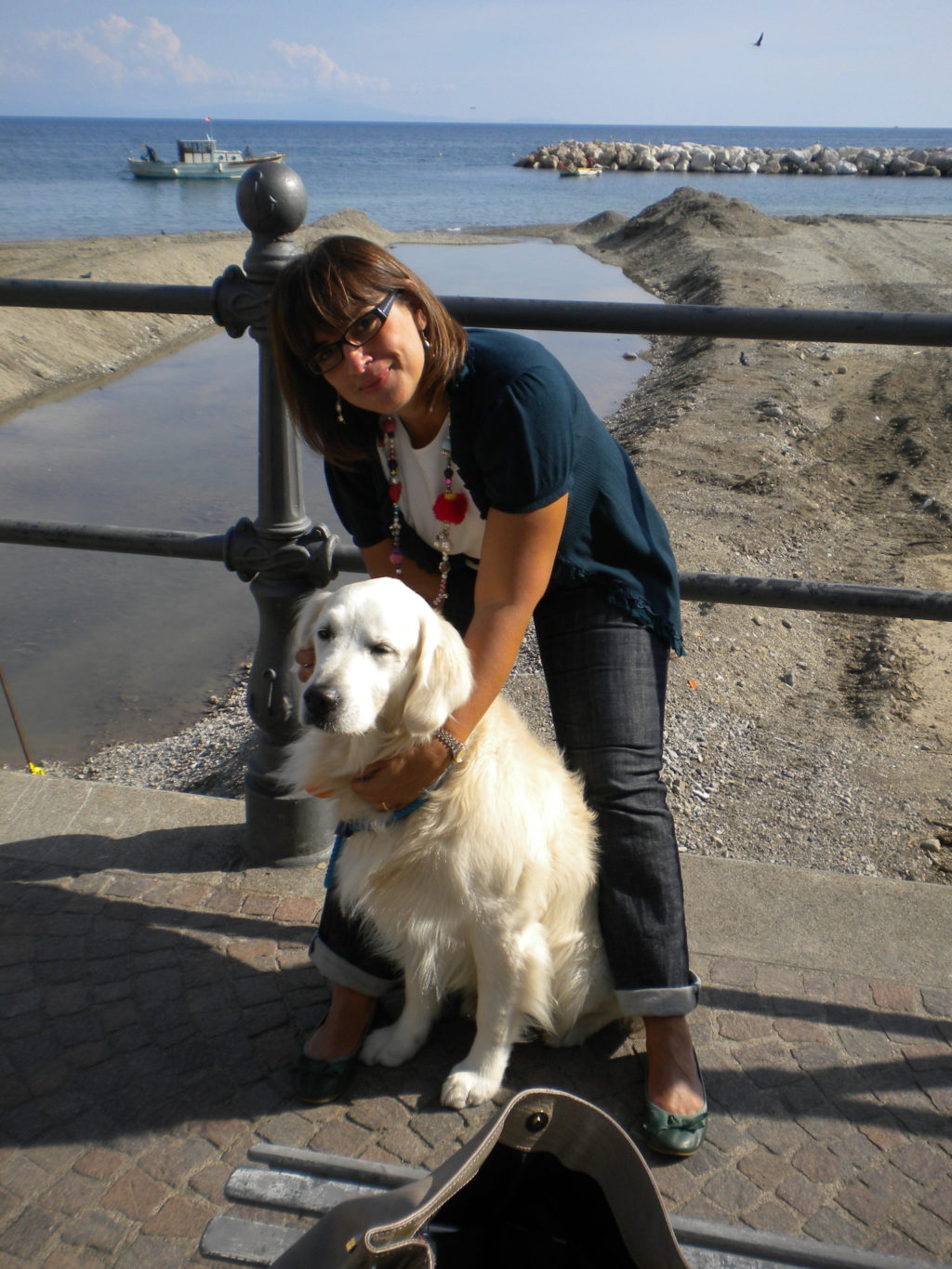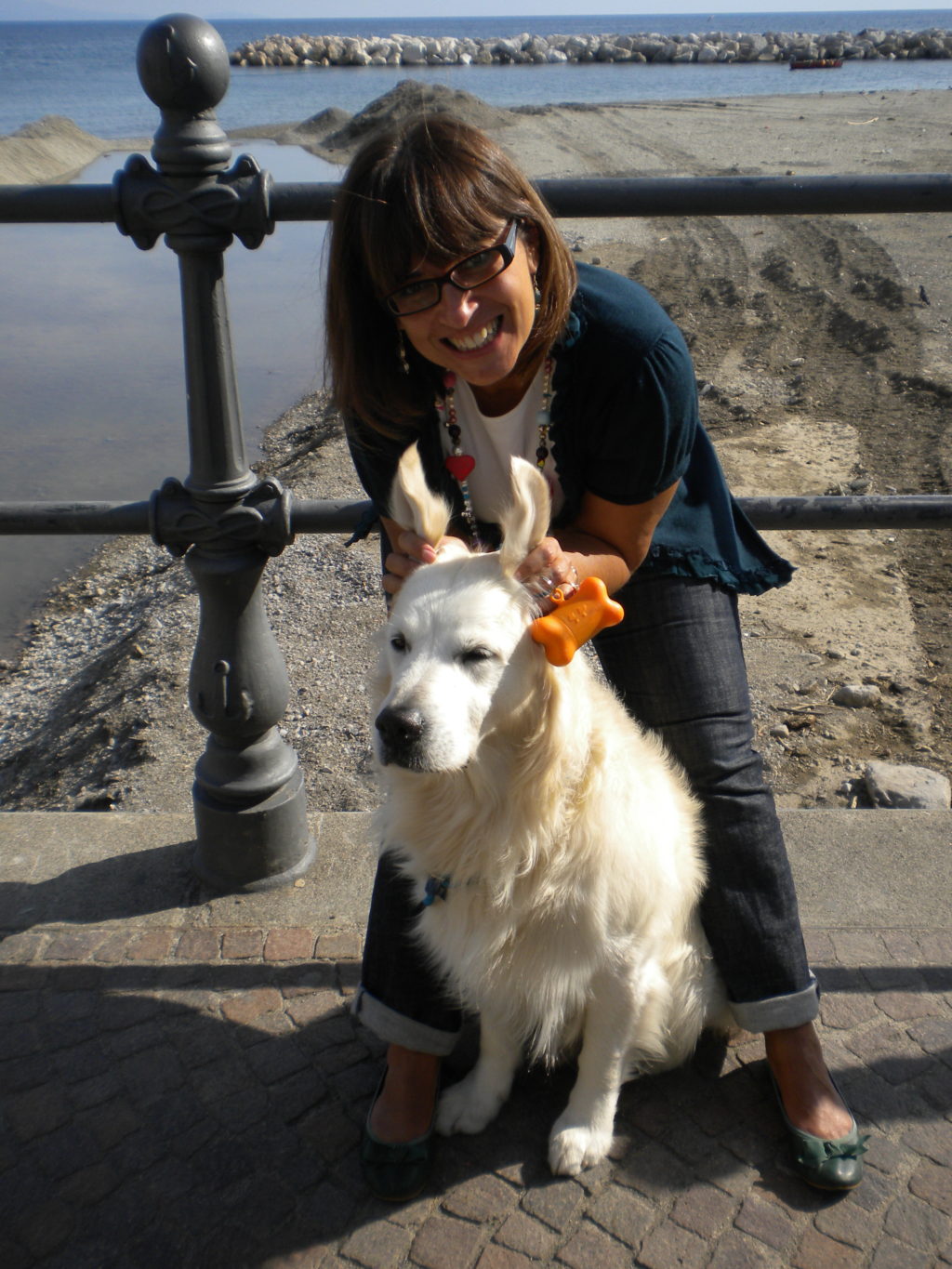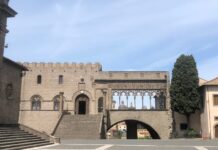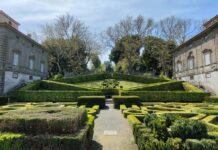Other recommended steps on the path of one of Italy’s most beautiful roads built by the Bourbons in the mid-1800s are Cetara, Atrani and Furore.
Small pearls in Amalfi Coast: Cetara, Atrani and Furore

Naval village and active fishing port as it already suggests the name that refers to “cetaria” ie tonnara, Cetara, watched by the Viceroy Tower built by the Angevins and subsequently enhanced by the Aragonese to defend the population from the constant attacks of the pirates, developed from the beginning from the 9th century, when a colony of Saracens was set up on site.
All of the town’s economy revolves around sea traditions and the Cetarese fleet is one of the most active in the Mediterranean, specializing in tuna and anchovy fishing. A delicacy to taste is the slicing of anchovies, seasoning for first amber-colored dishes, produced from antiquity and derived from the fermentation of anchovies in small oak or chestnut barrels called terzigni and descendants of the “garum” of the Romans.

Atrani is part of the most beautiful villages in Italy and has a small, sheltered beach where, in the evening, the lampara go for fishing. According to the legend it is in a cave here that took refuge Masaniello hunted by soldiers of the Viceroy of Naples. Our advice? Wander around the alleyways, stairs and arches and let yourself be captured by the contrast of lights and shadows of its quaint squares and the color and scents of gardens and orchards still widespread among the houses.
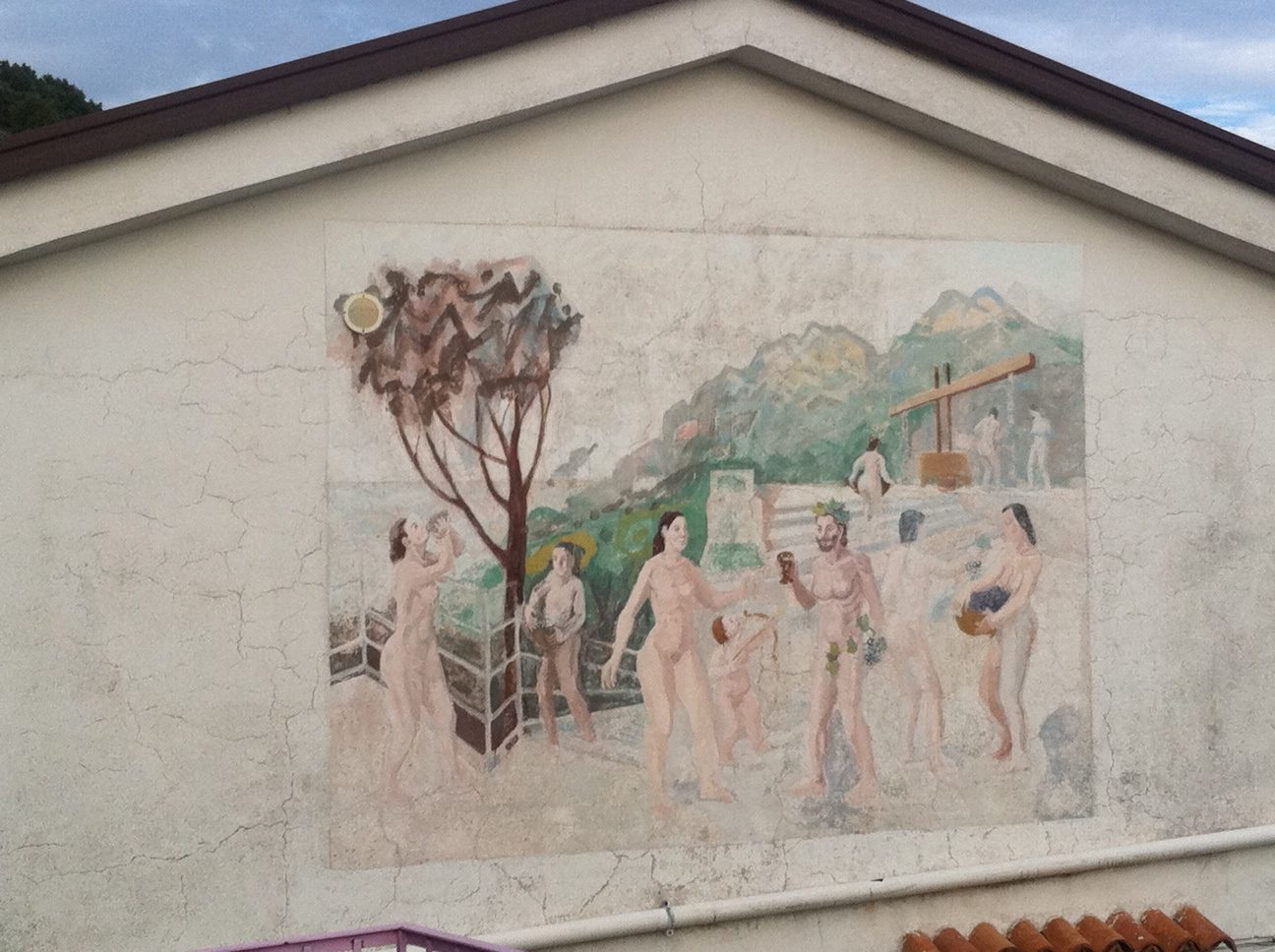
It is the fjord, one of the most picturesque and evocative of Italy, the most famous feature of Furore, also called “the country that is not there”, since there is no real inhabited area and the houses spit out of the rivers of rock. The uphill walk is recommended for the en plein air art gallery made up of over one hundred “wallpapers”, murales and sculptures that make Furore a “painted country”.

And then you can not miss the walk of Love, a short but intense journey that starts from the district of St. Elia and proceeds for five hundred meters at altitude. The path opens with a bronze that depicts two lovers and majolica with phrases that invite you to reflect on love for life, loved one, and nature. From here, the panorama on the sandy shore of the Coast is wonderful but you have to alternate it by looking into your eyes, uttering sweet words by holding hands.

Moreover, it is no coincidence that in the fifties of the twentieth century Furore was the cornerstone of the passionate and tormented love story between director Roberto Rossellini and Anna Magnani during filming “Amore”: today the “monazeno” with a privileged view of the fjord purchased by Annarella for 10 thousand lire, hosts a small museum that pays tribute to the actress’s life and his love for Rossellini.



